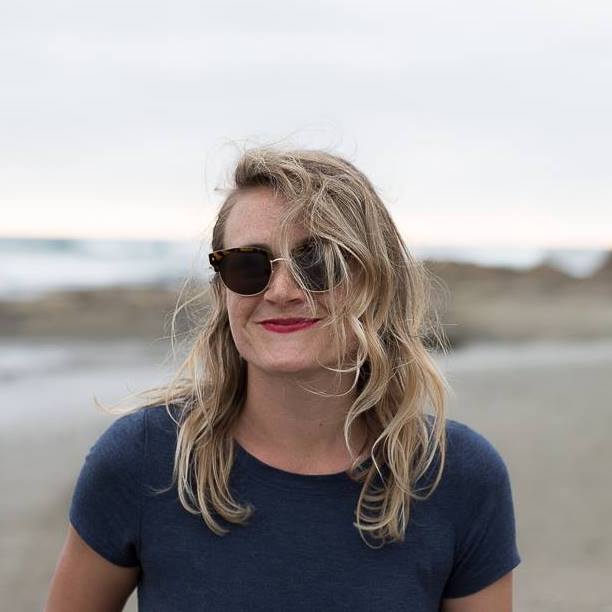
"We waste over 657 hours of our time each year on answering and sorting emails. I don’t know how that sounds to you, but I can think of 657 better things to do with my time. But, I just can’t bid adieu to my email account, or in my case, accounts...
We waste over 657 hours of our time each year on answering and sorting emails. I don’t know how that sounds to you, but I can think of 657 better things to do with my time.
It seems that a lot of people share this position. The key phrase “drowning in email” generates over 40,000 Google search results. Ironically, “addicted to email” generates 943,000 results in the same search engine. A study conducted by the Radicati Group of Palo Alto posits that email is and will remain the predominant form of communication in the business space where the stakes are highest. A person working in an office most likely receives between 50 and 100 individual emails per day while CEOs, directors of companies and social influencers get twice as much. Professionals have developed the habit of fanatically checking their inbox on average around 54 times a day.
Within the Kanbanize team, we asked ourselves the question - how can we transform email into a vehicle of success and efficiency that makes our day-to-day lives easier rather than more challenging?"
"Built on top of Gmail and Office 365/Outlook, Flow-E visualizes the contents of your original inbox and helps you build a workflow process around the incoming emails. The flexible stages of the process visually distribute emails among different sections of your view based on their status. Everything is part of a streamlined workflow.
You don’t just have a calendar, you have an ongoing chronological timeline of your upcoming meetings for the day. You can add todos onto email communication instead of moving back and forth between external task management tools and your inbox. Use your inbox not just as a receiver of tasks and messages, but also as a place from which you can track and delegate among your team members.
By uniting two functionalities -- tracking email communication and managing the tasks related to it on your team -- the users ability to delegate can both forward tasks to the appropriate person on their team, but also tracks their progress status as they move towards completion."
By uniting two functionalities -- tracking email communication and managing the tasks related to it on your team -- the users ability to delegate can both forward tasks to the appropriate person on their team, but also tracks their progress status as they move towards completion.
"There are small number of web apps that have joined the conversation surrounding the prolific email problem. The ones we find most interesting are Dragapp (newly launched), ActiveInbox (works only with Gmail), and Sanebox (works with Gmail and Yahoo). These solutions work as “skins” for existing email clients and can help you organize your inbox."
"On the personal blog of Andreas Klinger, an Austrian startup guy and CTO of Product Hunt, we found a noteworthy article titled “Don’t Drown in Email: How to Use Gmail More Efficiently”. In Klinger’s article, emails lived in separate compartments in his general Gmail account. There were separate inboxes based on the status of the email. He used the following structure and policies:
Even before Klinger’s piece, we saw references to the plea for an email charter for email users put together by Jane Wulf and the curator of TED, Chris Anderson. The charter itself is made up of 16 codes of conduct that senders and receivers of email should follow. Suggestions include: respecting recipients time, choosing clear subject lines, keeping communications short, asking concise questions, etc. By reviewing the email charter and integrating it into your own email etiquette, you can start to create a culture of more respectful emailing."
Found the content interesting? Want to join Monica and other entrepreneurs at betahaus? See how here!